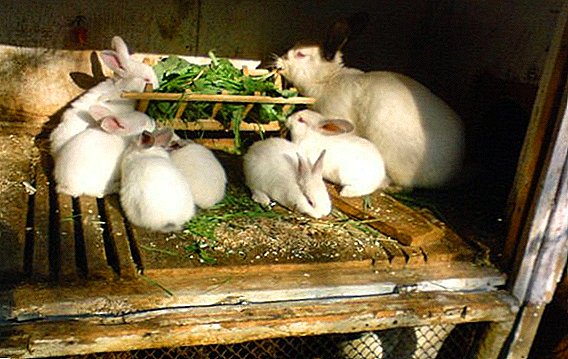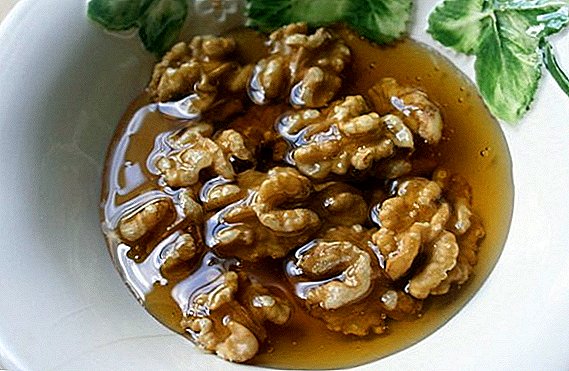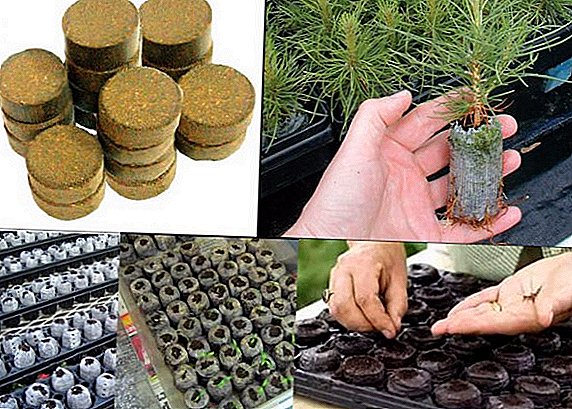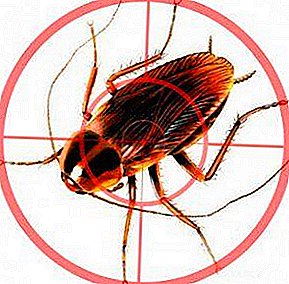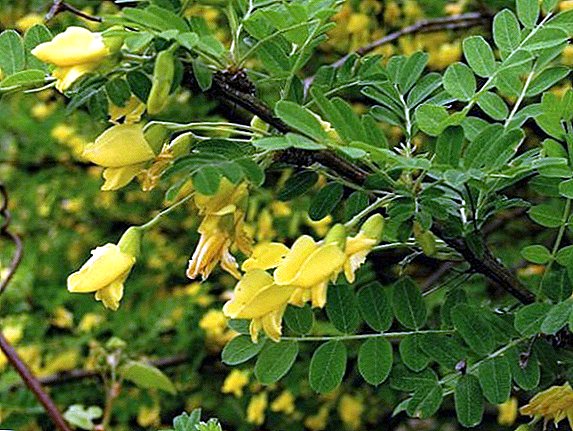Breeding rabbits is a process that has many nuances, without the knowledge of which it cannot be successful. There are stages in this process when rabbit care must be especially thorough. Moult - one of these stages. But many wonder why a rabbit has wool, and even with such regularity.
Types of molting
Throughout the year, rabbits, like most animals, change their hair. This process is called molting. During it, the hair completely or partially changes, the skin thickens and loosens and its upper layer is renewed. Sometimes the owners, when rabbits shed, unknowingly make wrong conclusions and start treating their pets for various diseases. But as a result it turns out that they are absolutely healthy, they just need to change the wool. This is a normal and natural process, which requires the owner of animals to know certain moments and subtleties. Shedding is age and seasonal..

Age
Rabbits to the light appear completely naked. The first tender hairs of them begin to appear on the fourth or fifth day, on the fourteenth or fifteenth day a fluff is visible, and by the end of the first month of life the rabbits become covered with very fluffy and soft fur. After a while, they have their first age update, and a few months after the start of the first, the second one. In total, rabbits have two age molts, and both at a rather young age. Age renewal implies the process of replacing soft and delicate hair with a more adult and coarse coat, which is regarded as a certain indicator of maturation.

Seasonal
In summer and winter periods, rabbits practically do not shed. They renew hairline twice a year: the first time - in the spring, the second time - in the autumn. Seasonal moulting is provided by nature to adapt animals to the environment and to changes in the seasons. Seasonal updates in females and males are significantly different, and the process of age molded by them is absolutely identical.
Pay attention to such diseases of rabbits as: coccidiosis, myxomatosis, pasteurellosis
Age molt
Age molting in different representatives of these animals can last in different ways, depending mainly on the time of birth. Sometimes The second age update may coincide in time with the first seasonal. The second molt takes place immediately after the first - approximately fifteen days. Wool becomes dull, first begins to shed the neck and tail area, then the rump, sides, line of the spine. White rabbits molt and grow hair at the same time. In animals with different colors, spots with blue are formed at the hair loss site, this also serves as a sign of renewal.
Important! The fur obtained from the young, does not represent such value in the production of products based on it, as the fur of adult rabbits, because it is quite rare and of low quality.
When does it start
The first age molt of rabbits begins in a month and a half, the second occurs approximately two weeks after the end of the first - in 3.5-4 months.

How long does it take
The first age update continues until the rabbits are three or four months old, while the second lasts about two months and ends when the animals turn 5.5-6 months old. Provided that the young are fed with feeds based on the high-protein component, the first age molt can end 65 days from the moment of birth. It should also be noted that the duration of this process depends on the breed of molting animals: some are updated quickly, others do it gradually.
Learn more about the use in veterinary medicine, such drugs as: "Tromeksin", "Enrofloxacin", "Tylosin", "Enroxil", "Amprolium", "Baykoks", "Lozeval", "Nitoks 200", "Tetramizol", "E-selenium", "Biovit-80", "Trivit", as well as "Solikoks"
Seasonal
Rabbits from the age of six months molt just as adult representatives of these animals by season. In practice, the update process can be identified by the bluish tint of the spots that appeared. When rabbits molt, it mainly occurs in a certain order, starting from the neck and tail, then squeezes the back of the head, spine, abdomen, and at the end - the sides and hips. The order of hair loss can vary depending on many factors: the conditions of the animal, nutrition, physiological state, temperature. From these same factors may depend on the duration of the seasonal update - from 32 to 45 days. But the main thing is that with unfavorable indicators of these factors, the hair after renewal grows rather brittle, has no shine and is not particularly valued.
Important! Rabbits are very clean, and therefore have a habit of licking themselves, because of which they can form a woolen lump in the stomach and even become the cause of death. Drowsiness, lack of appetite, pea feces are miniature or none at all - signs of such a problem. To avoid this, it is necessary to regularly give animals prunes or pasta, designed to remove woolen lumps from the body, as well as during the renovation to comb their wool so that it gets less inside.
Spring
In the spring of rabbits, at first the head and front paws shed, then the sides, the stomach, the ridge, at the end - the rump and tail. In males, this process occurs in March-April. In females, the update also occurs at the beginning of spring, but, unlike males, it is much faster. Wool becomes brownish, rather rare. The more often the rabbit in this period leads the offspring, and more numerous, the less it becomes its wool.
You will be interested to know about such breeds of rabbits as: flandr, white giant, butterfly, gray giant, ram, rizen, black-brown and Californian rabbit
Autumn
In late August - early September begins the autumn update in rabbits. Summer wool replaces the thick winter.
Did you know? Skins with high quality and value are obtained after the autumn update. To understand whether the update process is over, you need to blow on the wool on the spine and rump. If the skin is white everywhere, then the update is over, and the wool at this time represents the maximum value.
Molting rabbits is a completely normal physiological process, which occurs with regular constancy, and it is not necessary to worry about this once again. But also it is not necessary to lose vigilance, because the cause of loss of hair may be in another. To do this, before drawing conclusions about why your rabbits go bald, you need to carefully read the special literature and consult with people who have sufficient experience in breeding these animals.



